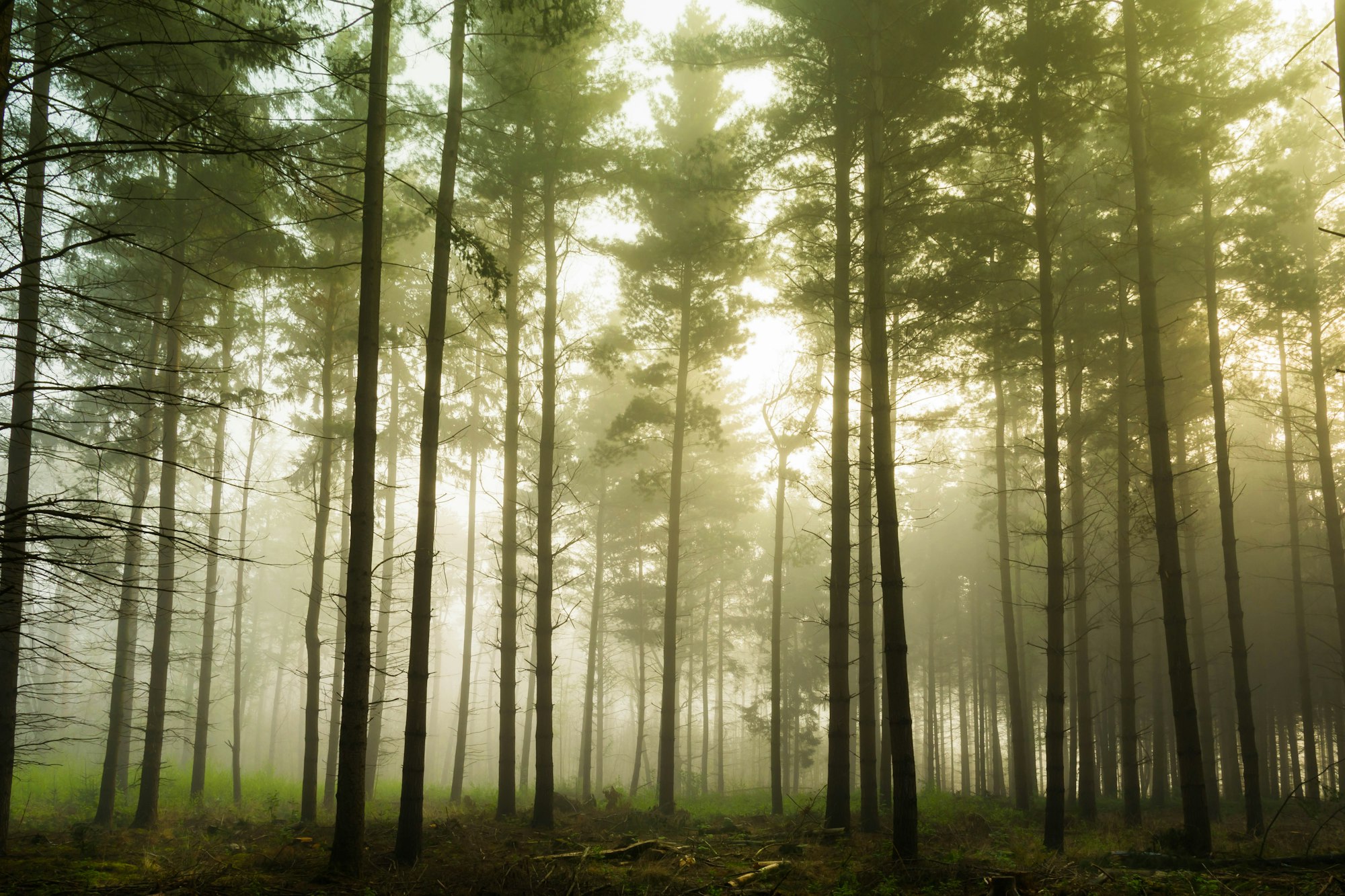My Top 5 FPV Tips

TLDR: Push the throttle stick up
These are my consolidated tips for getting going with flying a drone FPV ( "First Person View", or using a live video feed ). After all the technical kinks are worked out and you're ready to lift off, the following is my advice for developing basic skills.
The most important basic skill is not crashing. So actually, after you've mastered that ( over a field of soft grass, hopefully ) continue with the following tips:
FPV Tips
A decent camera is worth the money
I've broken several cameras at this point. A lot of them were in the $15 USD range, which is pretty much the low end. The problem with these cameras was generally the poor contrast ratio, and they would break.
Buying a camera in the $35-$40 range will get you a lot more, including interchangable lens, mounting hardware, OSD features ( 'On Screen Display', for showing battery voltage and more ), and more durability.
The image quality is a huge improvement too, which unsurprisingly, really matters.
When I was first learning, I was just trying to keep it in the air. It turns out that being able to see the ground is critical to understanding whether your're going up or going down (hard). Without being able to see the details of the ground, it's very hard to learn to regulate altitude.
Camera Angle Matters
Having your camera securely mounted is important. This reduces vibrations that make for a better video image. It also keeps your camera angle consisent as you will be regularly crashing.
Camera angle is important because it determines your angle of view through your goggles, which ultimately translates to your 'cruising speed'. A 'shallow/neutral' angle ( pointed mostly forward ) will result in a slow cruising speed, while a steep/agressive angle will mean you're cruising fast.
It will only take a few flights and adjustments of this angle to find out how much speed you're comfortable with. Then as you improve you might find that you'll want a more aggressive angle. Being able to finely adjust this angle and lock it down in any position requires a good mount.
Pencil gripping + Increased rates and supers
Pencil gripping is when you grab your controller's joysticks -- like pencils. I find it vastly more accurate than the alternative ( thumb sticking ), and it insures against overcorrections. Something about using two opposing fingers provides more X-Y control and sensory feedback to your brain. It gives you a better idea of exactly how much you're moving that stick.
It does require that you crank up your rates a little bit, because you'll be providing input using a smaller range of motion.

It will probably feel too touchy at first, but I like it. (Use the preview pane to see some simulated moves.) The increased super rate allows for pulling off those flips and rolls without having to contort your fingers too much.
Stay low to the ground, flying up high doesn't develop skills
The first few stages of my development were:
- Trying to avoid crashing, learning to regulate altitude, and randomly flying around the space I had available
- Flying perimeters of areas, out-and-back routes, through large gaps
- Learning to do all of this while keeping my altitude as low as possible. At this point I was happy with anything below 10ft or so.
At this point I started to get bored with flying in big open areas. It also isn't very interesting at high altitudes. I realized that it was the thrill of hitting something that was missing.
Fly around some trees
Trees are great for a lot of reasons. It turns out they're also great for FPV training. Their trunks and branches provide a 3 dimensional playground of obstacles, and they're often surrounded by something soft to crash upon.
Depending on what you've got access to, try to find a stand of trees with some open space around them. This will allow you to do some tree-dodging and then have a place to bail out if things get squirrely.
Graduating to full-blown forest is a little bit harder. Because all the trees in a forest tend to look similar, its easy to lose orientation and wind up flying too far away ( trees will reduce your range ). It seems like it would be easy to use your ears to keep track of your position and then steer yourself back home, but I tried it once and it almost broke my brain. It's more enjoyable if you have a spotter, a reliable beeper installed, and some kind of visual landmarks other than trees. ( == you don't want to lose your rig out in the forest by yourself and not even know in which direction you should be searching )
Conclusion:
You're going to crash a lot and break some things. Using a simulator is another way to practice, but you'll find that these tips still apply.
Update 2/26/19
Not a perfect example of everything said above, just a recent video:
